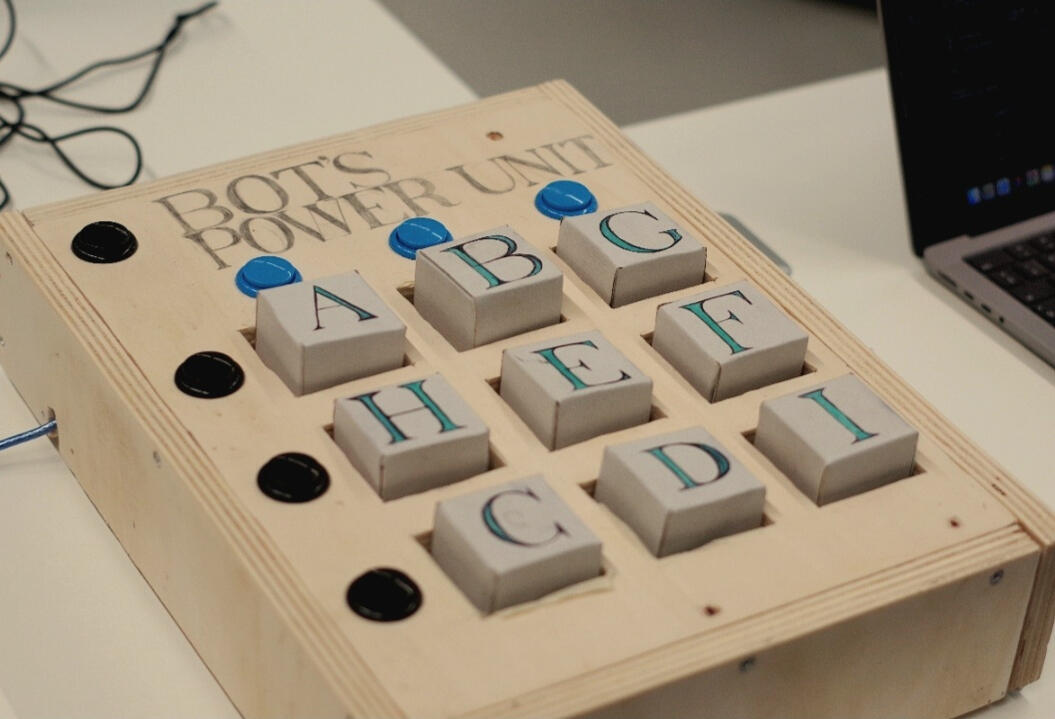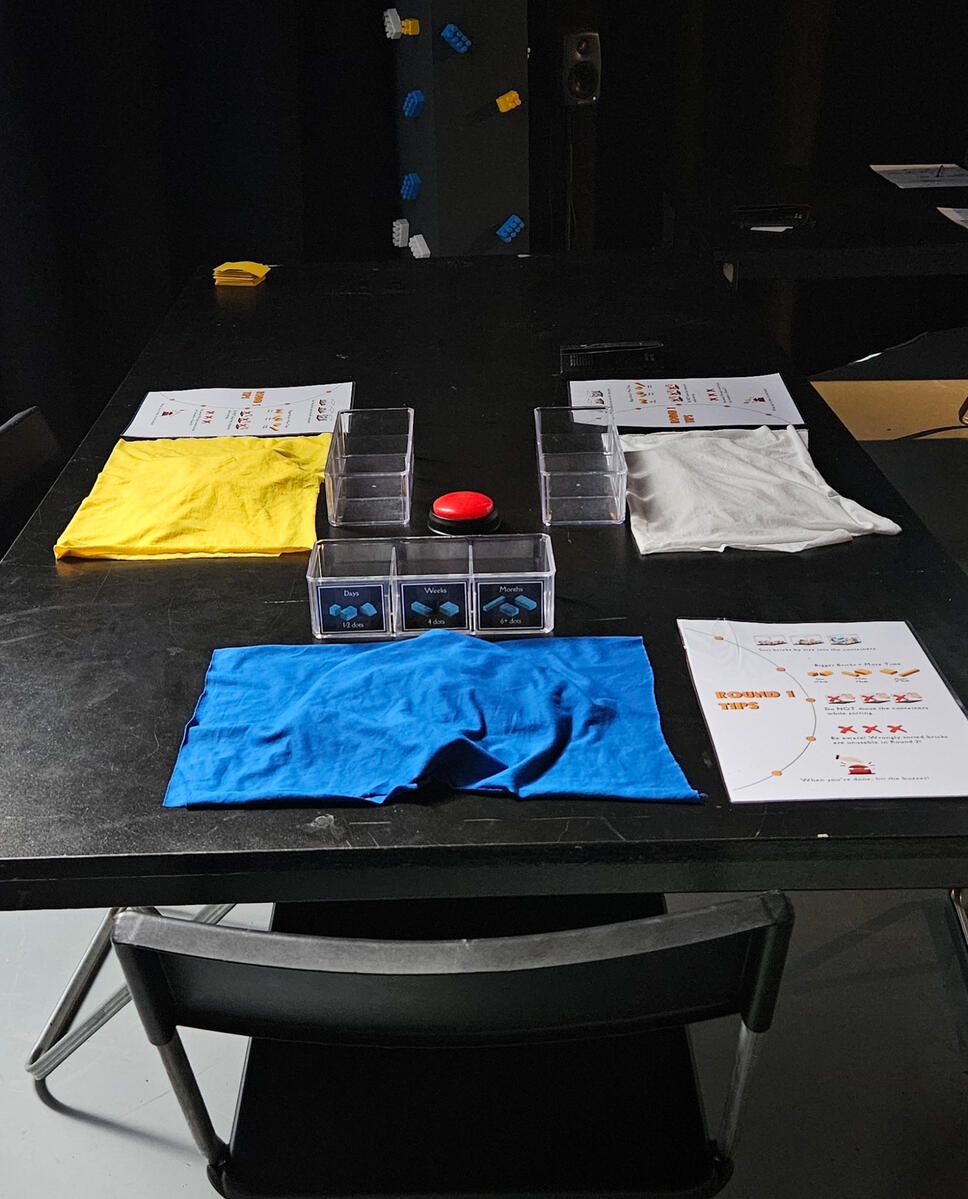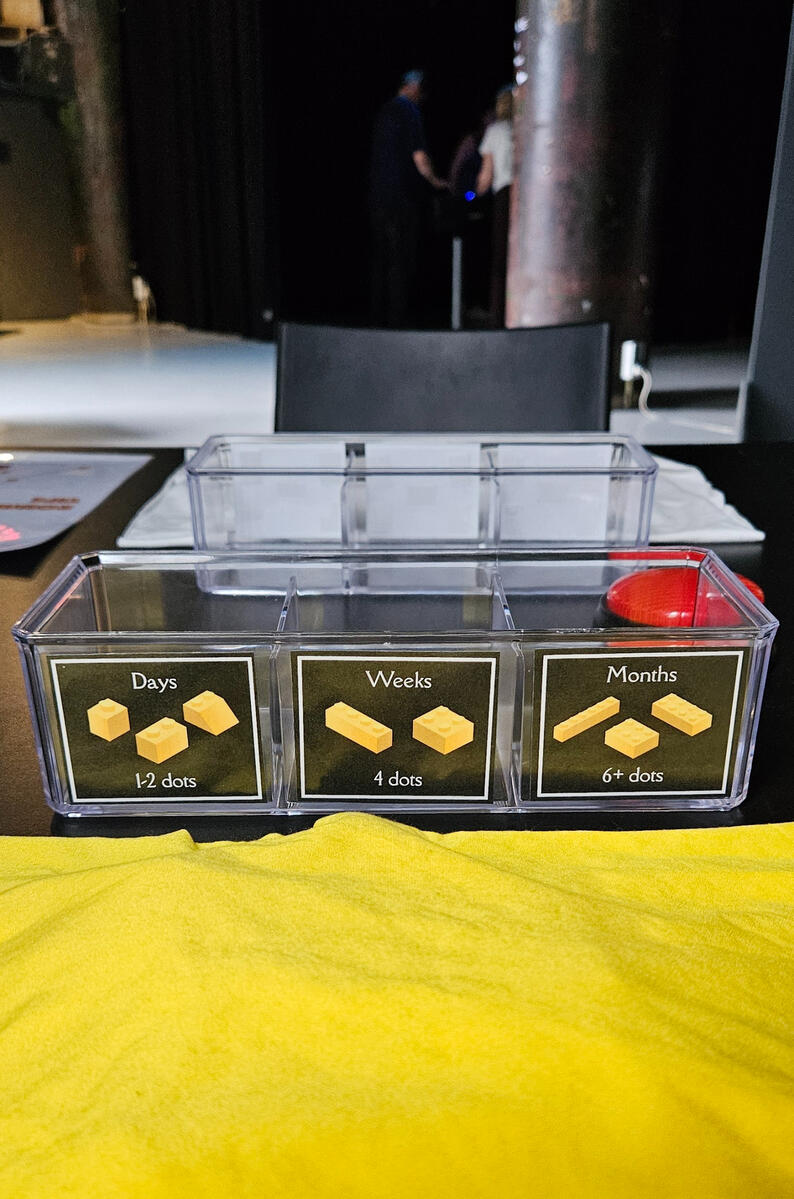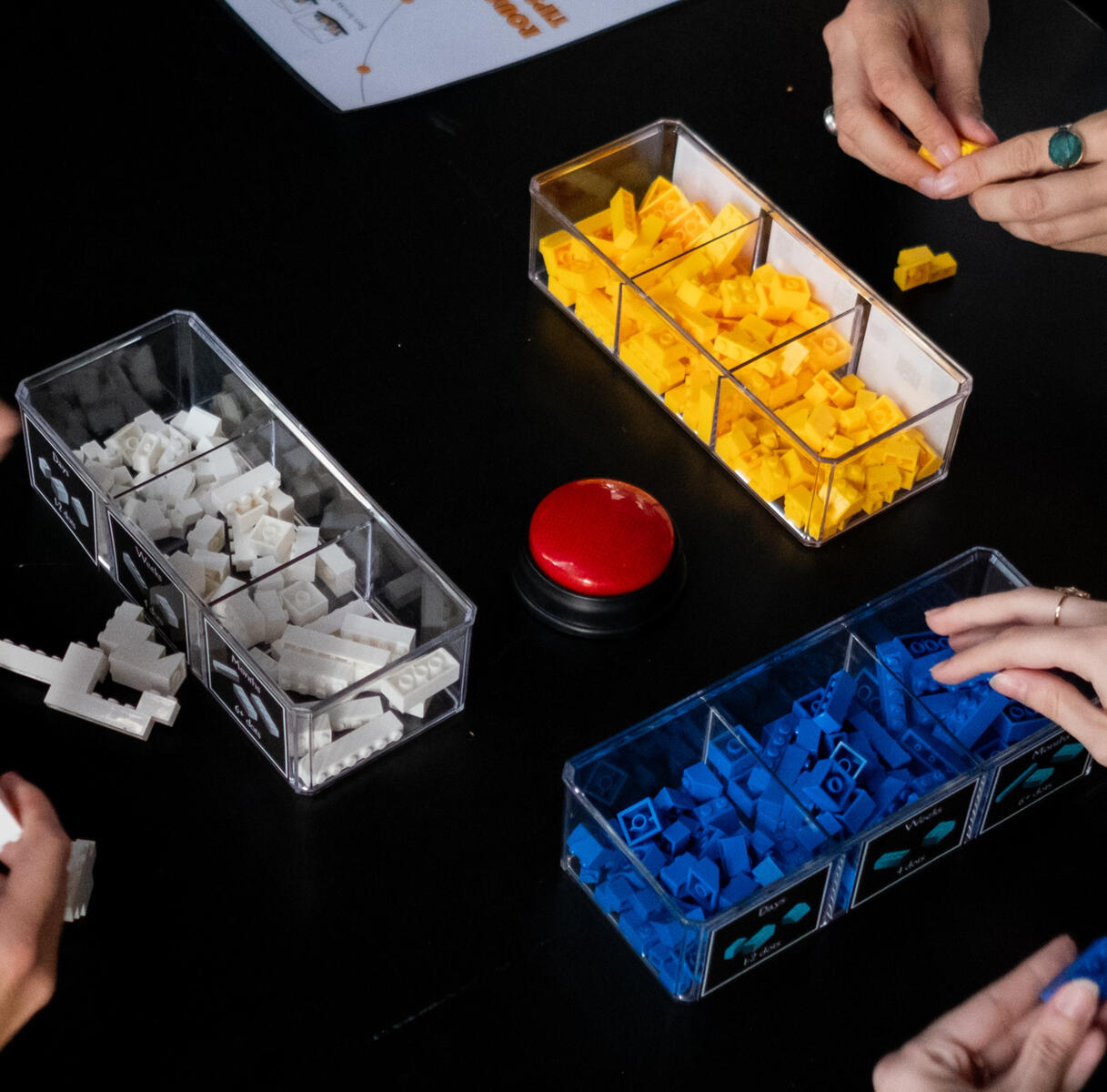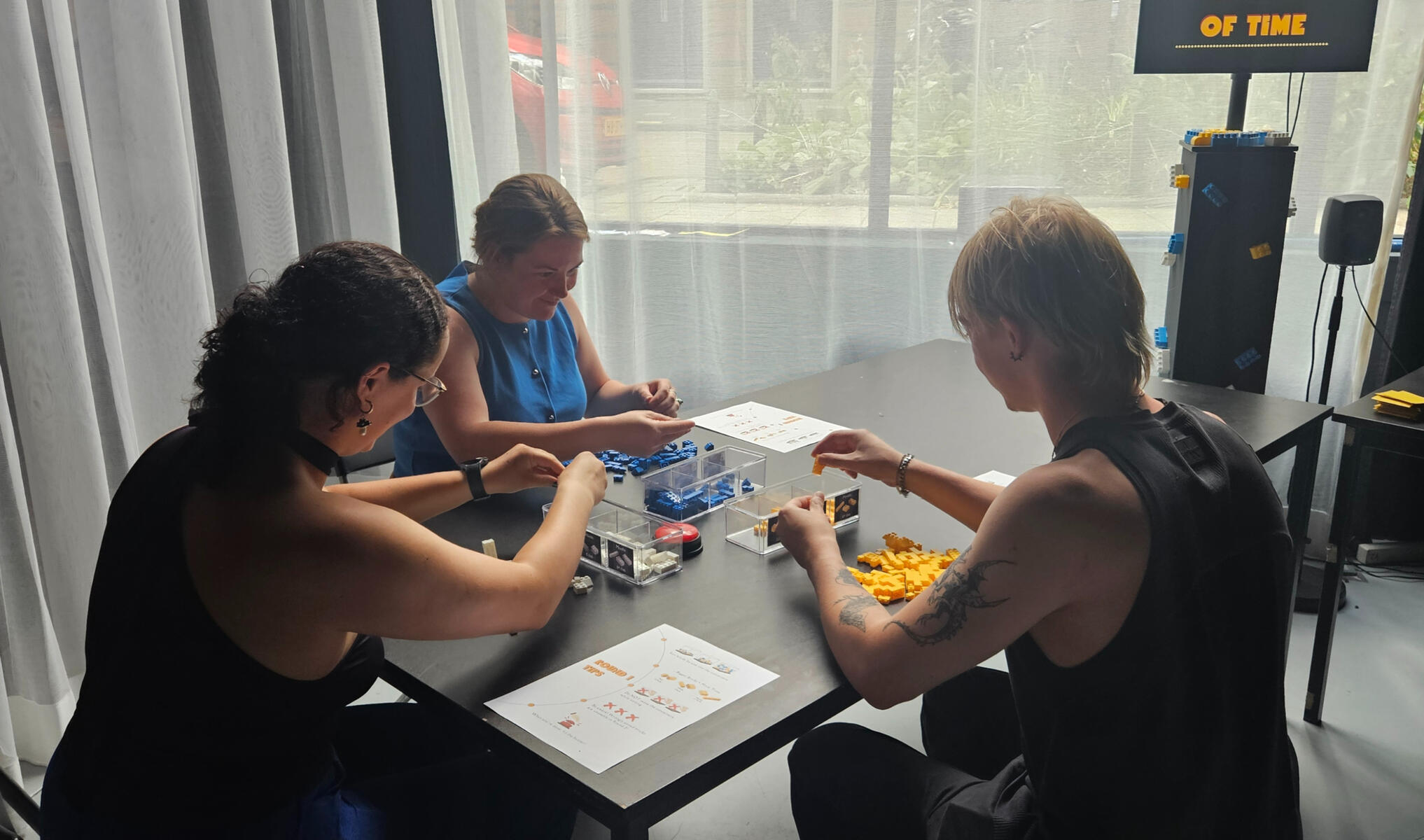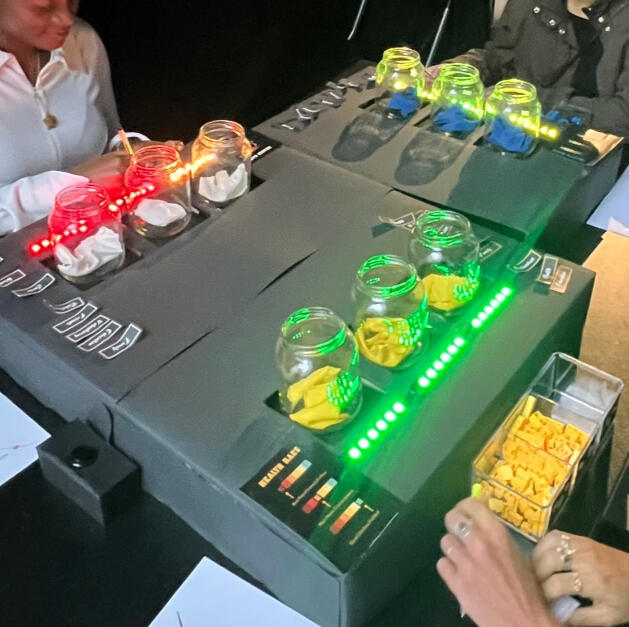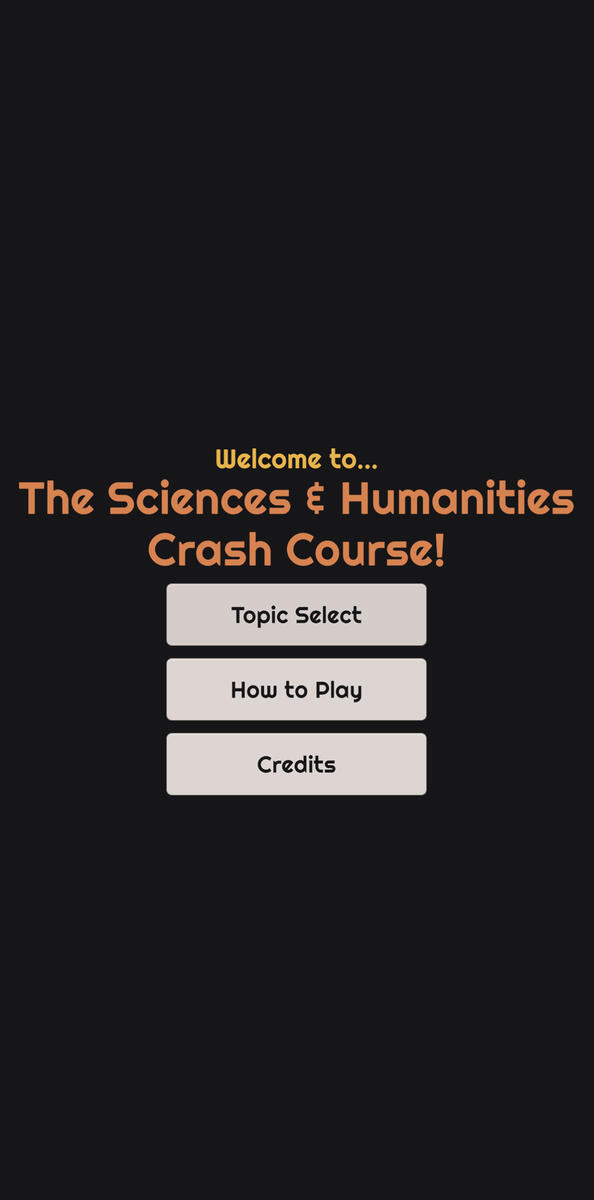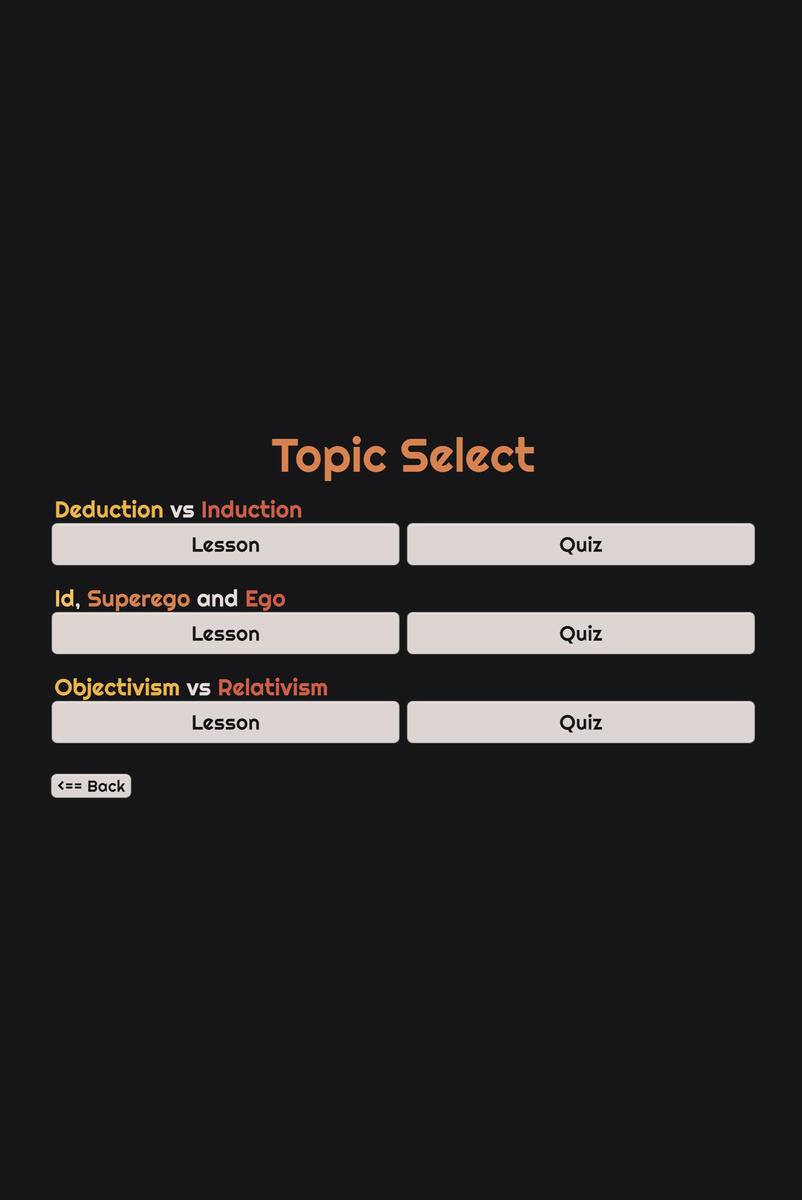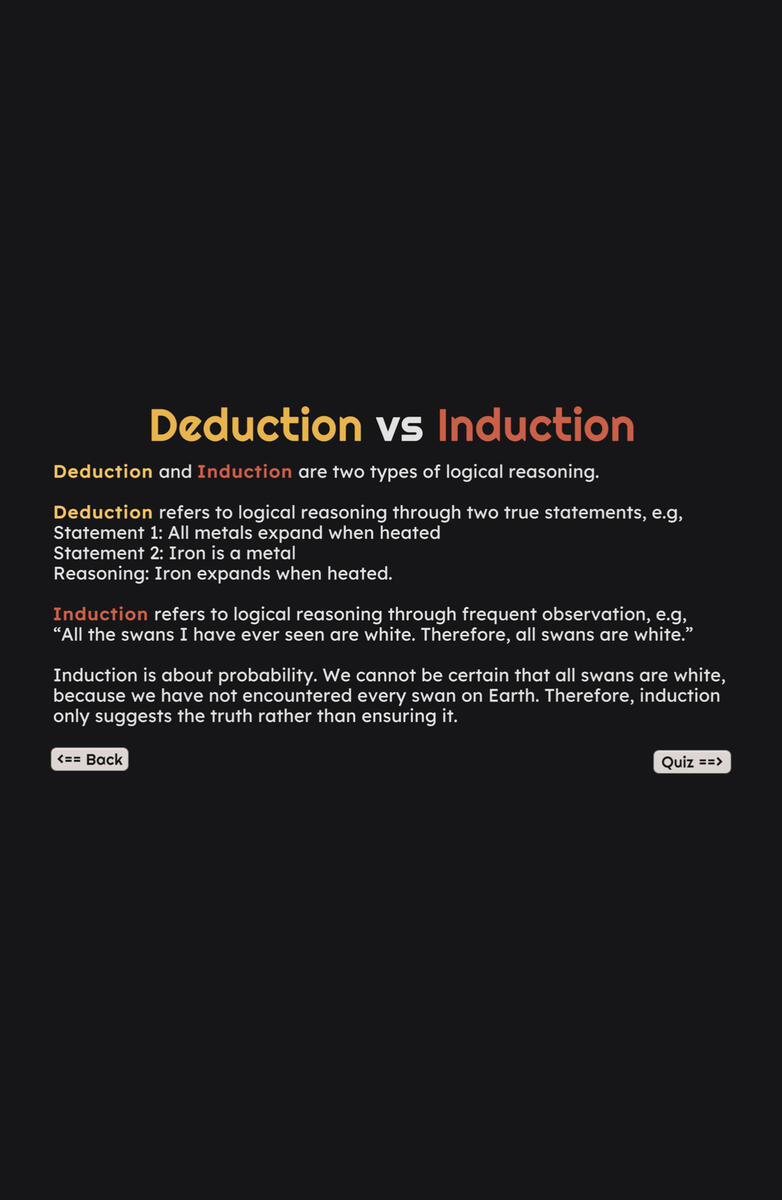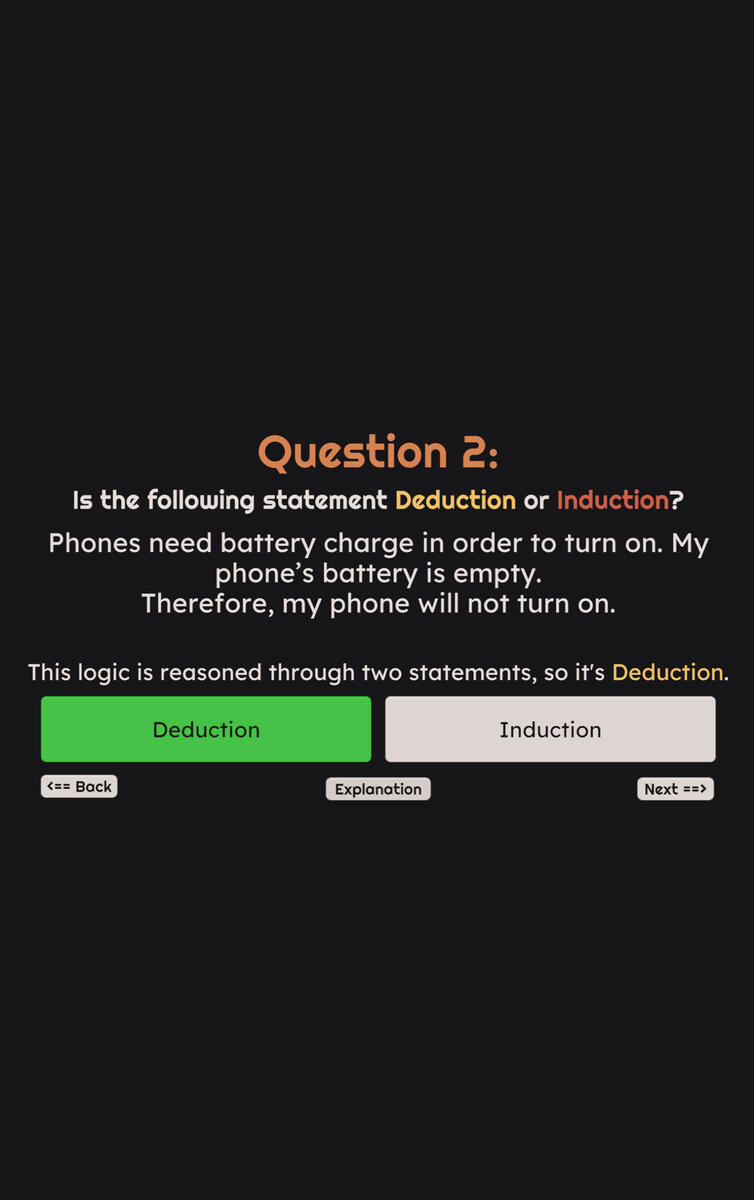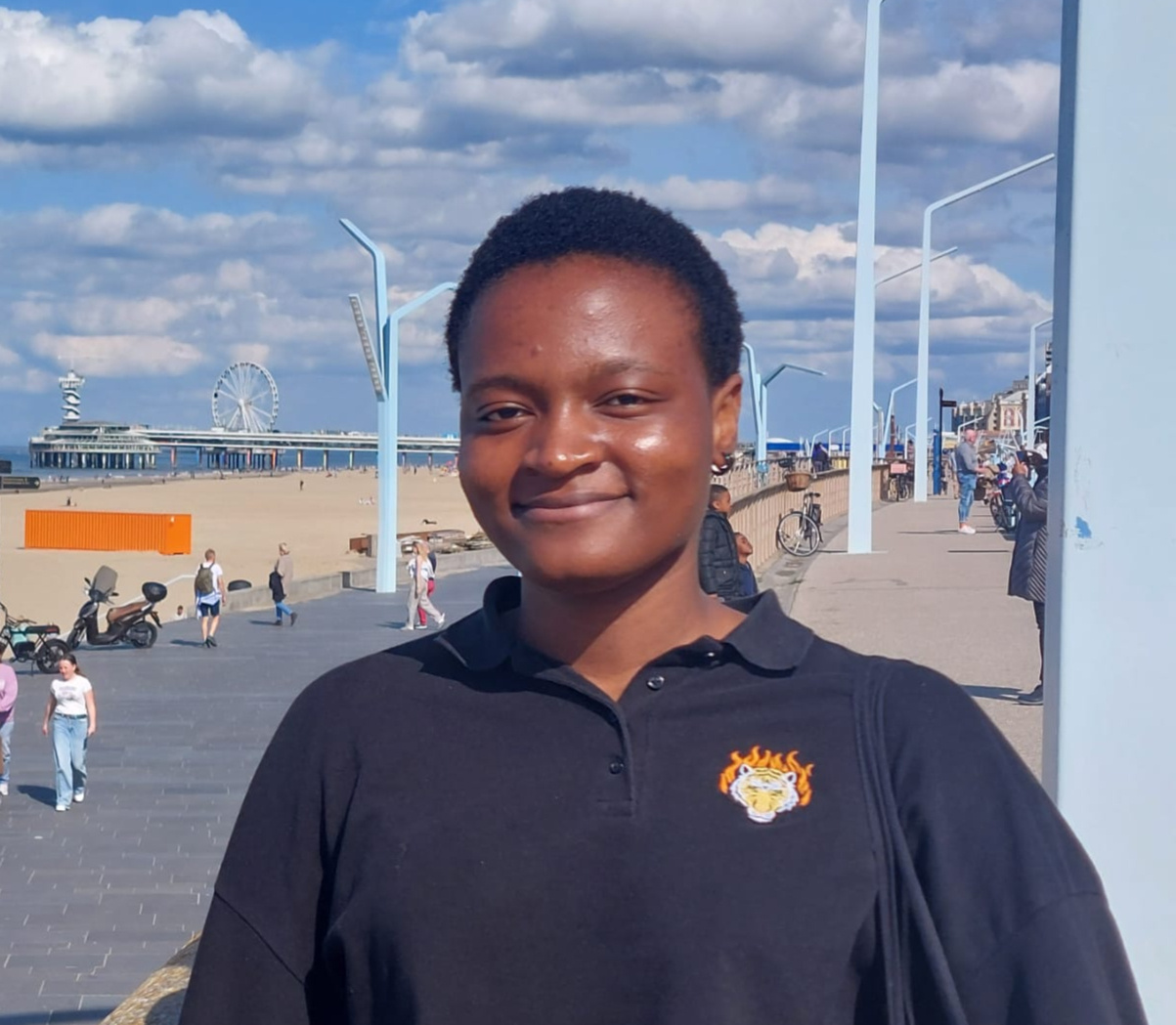
Hi! I'm Amini Hamuli
I'm a creative technologist who combines my skills in art, technology and programming to create interactive exhibits and experiences. I'm currently in my first year of the Creative Intelligence & Technology masters at Leiden University where I'm honing my programming, research, and interactive design skills. I'm open to any opportunities regarding interactive design/experiences, programming, technology or all of the above!
Portfolio
Contact
Feel free to contact me for future work or partnerships!
Fix Her - An Interactive Soundscape Experience
“H-hello? Could you help me? S-someone messed with my power cells, and now my systems are malfunctioning. Please, help me by putting the cells in their right compartments.”
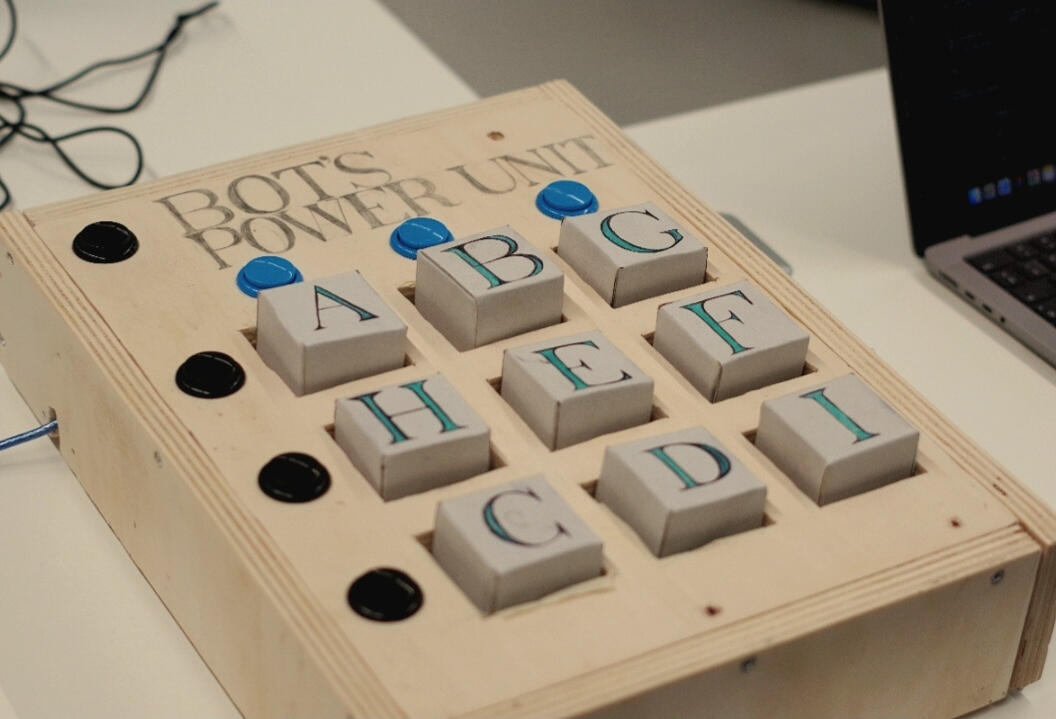
Fix Her is an interactive experience where the goal is to fix a robot by rearranging its nine power cells in the correct configuration. This is done with the help of auditory hints which you hear once you press the buttons on the power unit; the black buttons provide hints for their row, and the blue buttons provide hints for their column.
The error sound (⊘) means the tile is in the incorrect row (black button) or incorrect column (blue button).
The light beep (~) means the tile is in the correct row (blackbutton) or the correct column (black blue).
And the celebratory ding (✓) means the tile is in the correct place.
There are two levels in Fix Her; in Level 1 you only have to complete the puzzle within 90 seconds, and in Level 2 the pieces will shift 10 times over the course of 45 seconds, and then you have an additional 45 seconds left to have all the pieces in the right place.The aim of this project was to create an interactive sound space, which I successfully completed through multiple facets of the experience:Sound: The hints are auditory, and you hear a different sound depending on how correct a button’s placement is (described above). These three sounds create a sonic language through which the game communicates how to organise the tiles.
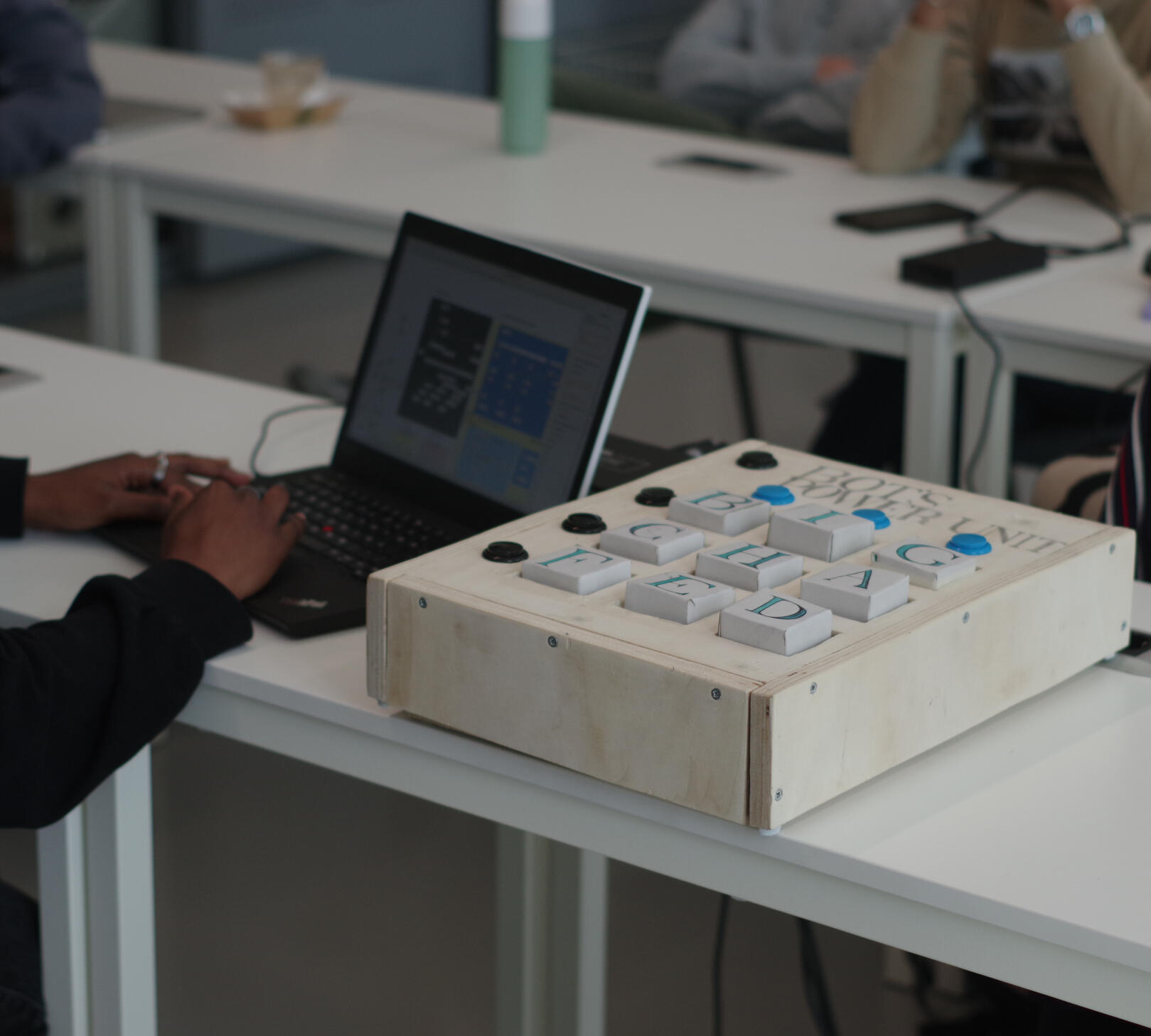
The background music also varies based on how many tiles are in the correct slots; it becomes more distorted and pitched down for each tile that is incorrectly placed. This means that as the puzzle is being completed, the participant can hear through the music whether they’re on the right track.
Space: In my exhibit you engage with a confined space, consisting of the 3x3 grid and the 9 tiles you rearrange with the grid. The limited space makes the interaction with the exhibit more intuitive; tiles must be placed within the grid spaces. Participants also have to use their visual-spatial skills to recall which tiles are in the wrong rows/columns and know which ones to switch, while also keeping track of which ones are already in the right place.Interaction: The participant interacts with the exhibit by rearranging the tiles and trying to fix the robot. If the player fails to fix the robot in time, the robot either succumbs to the malfunctions (if level 1 is failed) or is fixed with minor glitches (if level 2 is failed).Tools/Software Used: Arduino (with the HX711 library), PlugData (PureData), Autodesk Maya (for the preliminary 3D design)
Development Images

3D Prototype Design #1
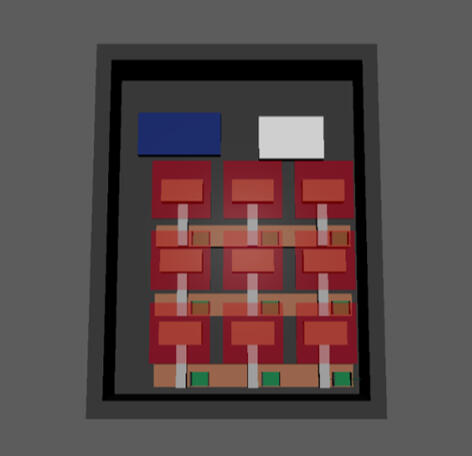
3D Prototype Design #2
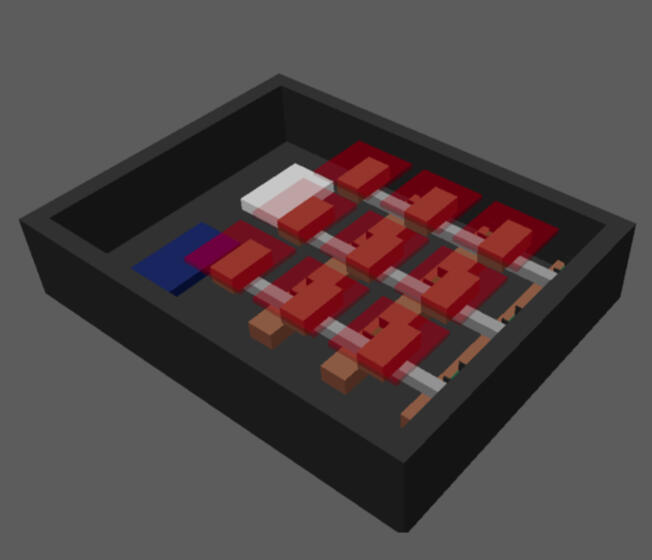
3D Prototype Design #3
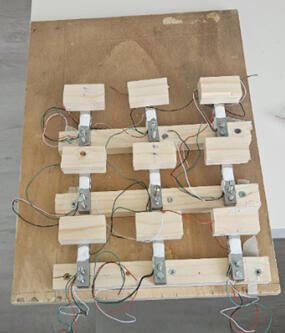
Work in Progress #1
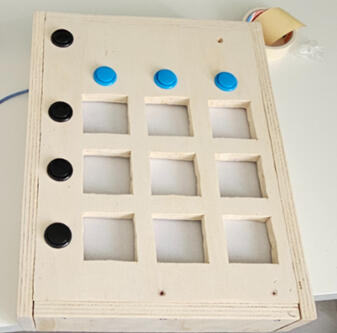
Work in Progress #1

Finished Project
The Game of Life (Your Time ≠ My Time)
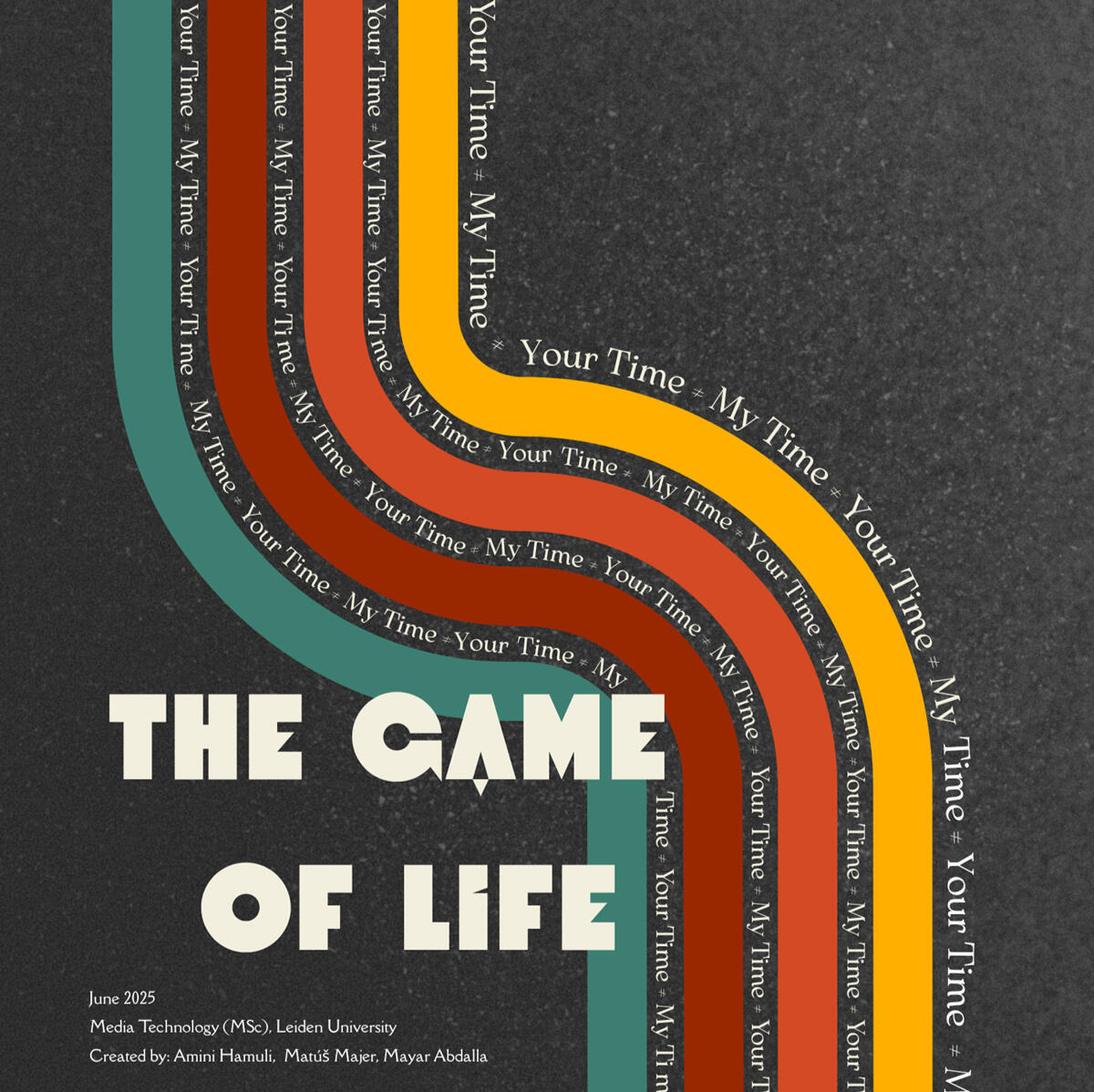
“Welcome to The Game of Life, the game show where your dreams can come true!”
Have you ever felt pressured to meet certain milestones by a specific age? You’re not alone! Ideally, everyone would have equal time to lead their desired lives, but that isn't always the case. This analog life simulation—presented as a game show—explores the relationship between time inequality and chrononormativity (the expectation that everyone follows the same timeline).
The Experience
Round One
In Round One each participant has to sort their time units (which they will be spending in Round Two). The first to finish sorting them presses the red buzzer which declares them the winner of the round! But there is a catch; some participants' time units are easier or harder to sort than the others. This results in an imbalance in how much time participants can bring to Round Two.
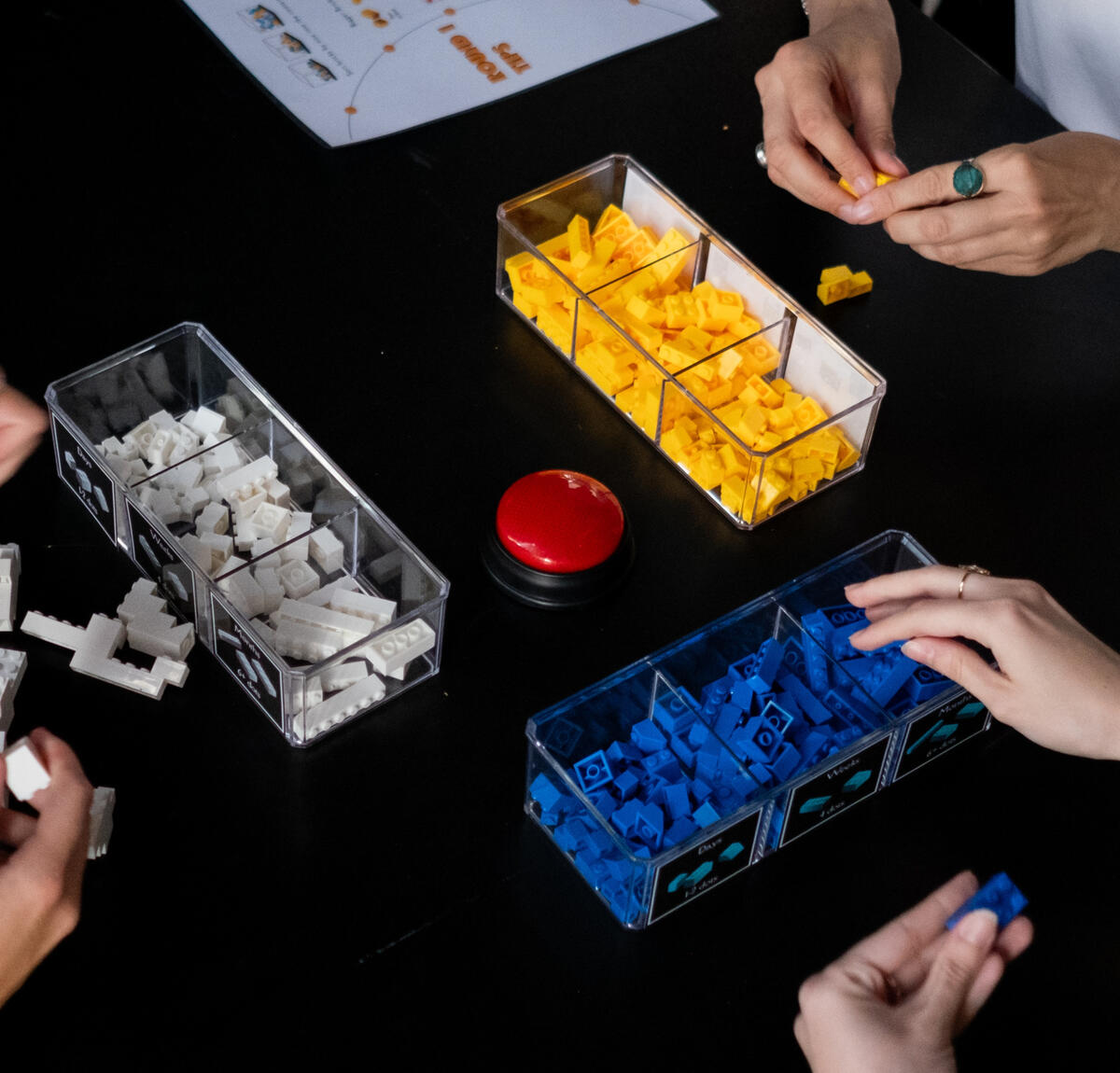
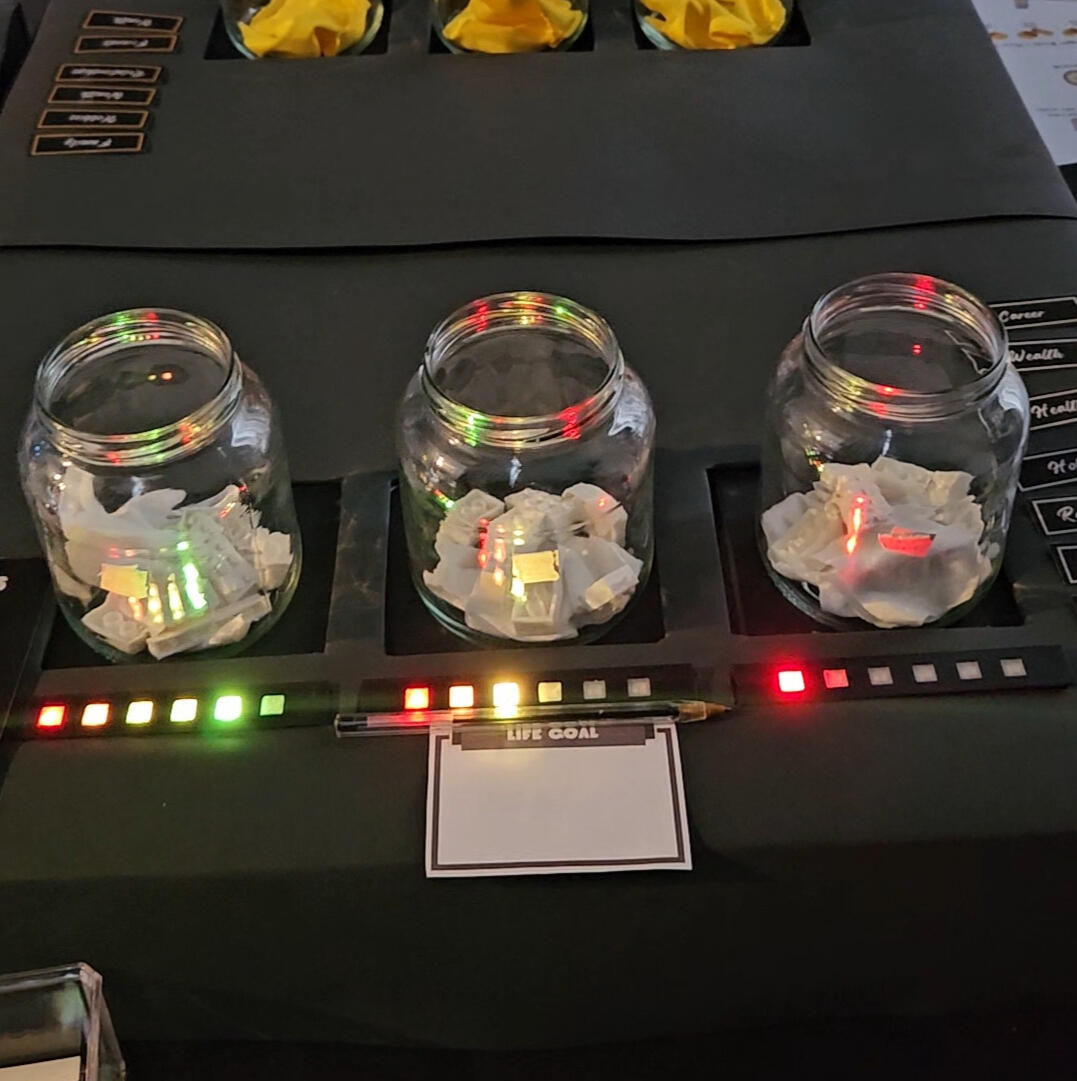
Round Two
In Round Two the players all write down a goal they want to meet at some point in their lives, and choose three life areas that relate to this goal. They assign each life area to one of the jars, and place the life goal in front of them where they can see it.
This round consists of a timed activity where each participant has to maintain the health of each life area by investing time into it (by adding the time units to the jars). Over time, the health of the life areas will decrease, so the participants have to keep investing time to keep them healthy! The healthier the life areas are by the end of the round, the more likely they are to reach their life goals.
Insights
Of course, the participants who couldn't collect as many time units in Round One have a disadvantage in Round Two; this is what we wanted to highlight with our interactive game show. People who suffer from time inequality—whether it be because of a long commute, additional responsibilities, disabilities etc.—may find it harder to follow the chrononormative path that society expects to follow.Tools/Software Used: Arduino (with the HX711 and FastLED libraries)
Photographs

Round One (Before the Reveal)

Round One (Sorting Containers)

Round One (Participants Sorting Time)

Round One (Participants Sorting Time)

Round Two (Spending Time & Maintaining Life Area Health)

Round Two (Final Results)
Notice the Imbalance in Health Between Participants
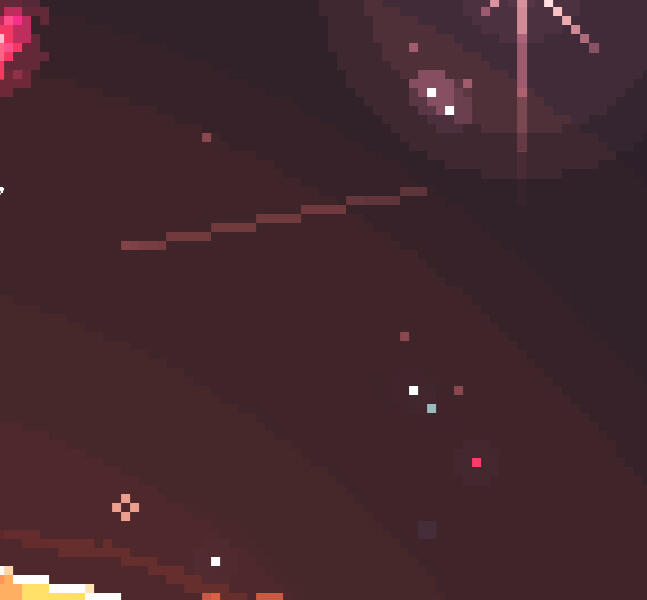
"Don't worry about me; just take a candy!" says the bunny's note.
This altruistic little bunny is willing to sacrifice itself for you to enjoy this delicious candy. Some refuse to take the candy to spare the bunny, but others are willing to let it suffer for a candy. Would you indulge in a sweet treat, or would you leave the bunny and not grant its wish?
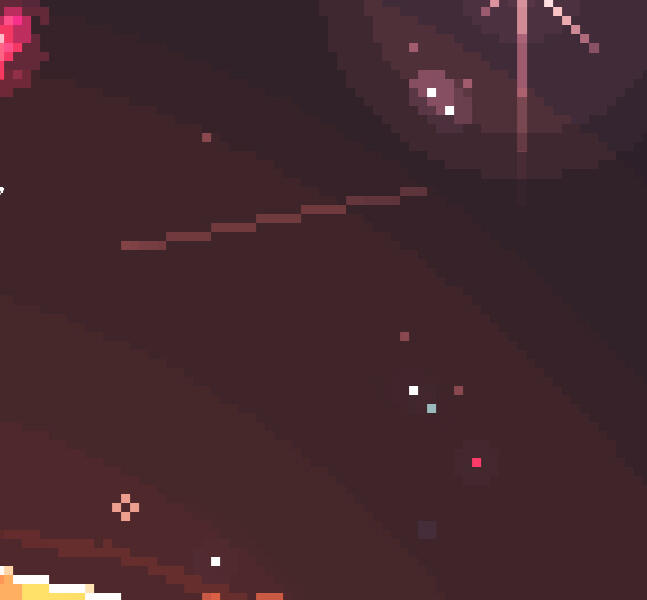
To further develop my coding skills, I created a game in javascript using the p5play library! You can play it here: >link<Tools/Software Used: p5play, JavaScript
Sciences & Humanities Crash Course
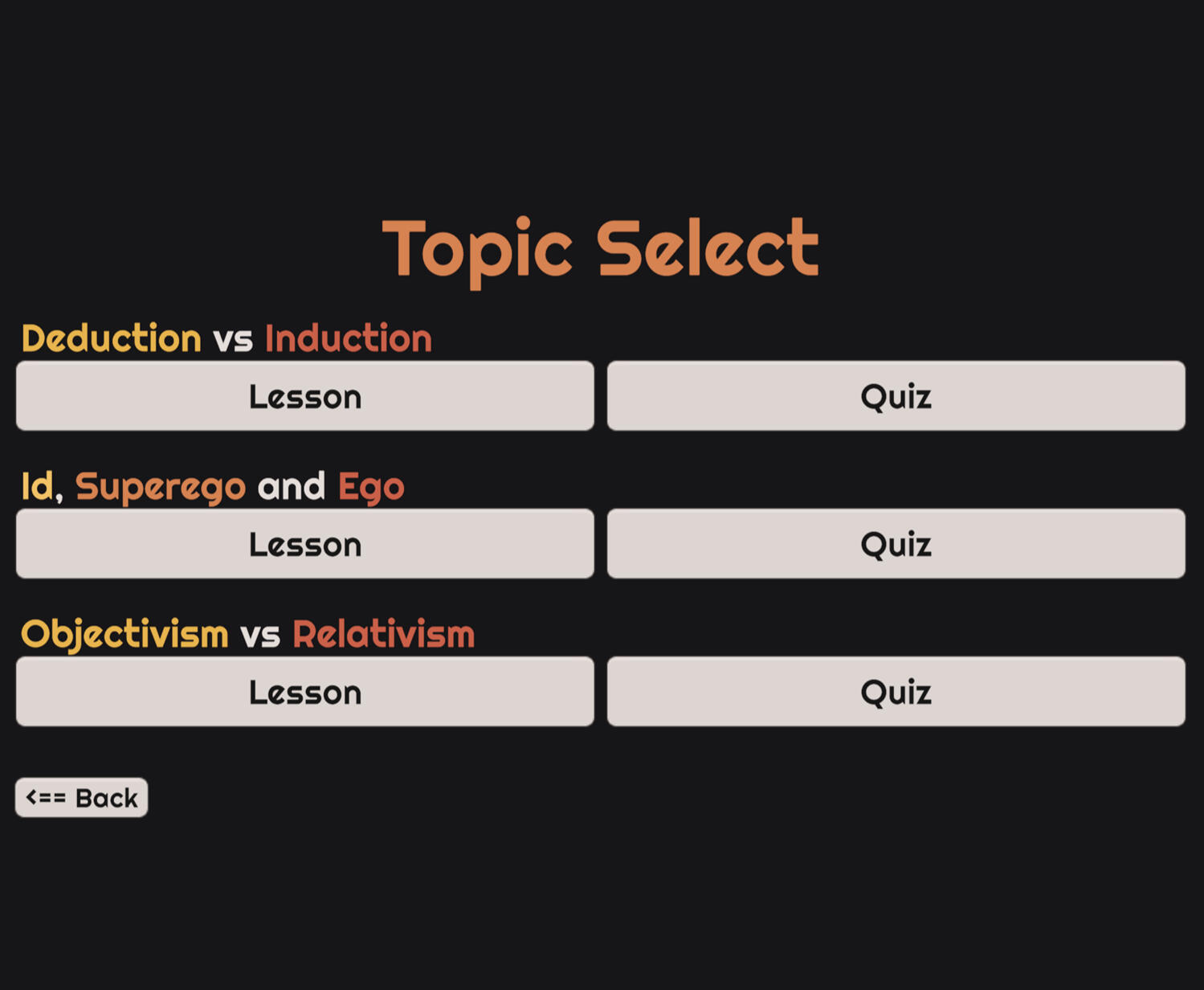
For my final assignment in the course Sciences * Humanities I created a crash course game which explains concepts we covered in class, namely Deduction vs Induction, Id, Superego and Ego, and Objectivism vs Relativism. Each topic has a short quiz to ensure the player understands the meaning of the terms, and each question has an (optional) explanation so that the player can better understand the correct answer.
The intention of this game is to help the player understand these concepts, and due to the game’s simple nature, additional topics could be added to the game in the future.Tools/Software Used: Unity
In-Game Screenshots

Title Page

Topic Select Page

Round One (Participants Sorting Time)

Correctly Answered Question with Explanation



